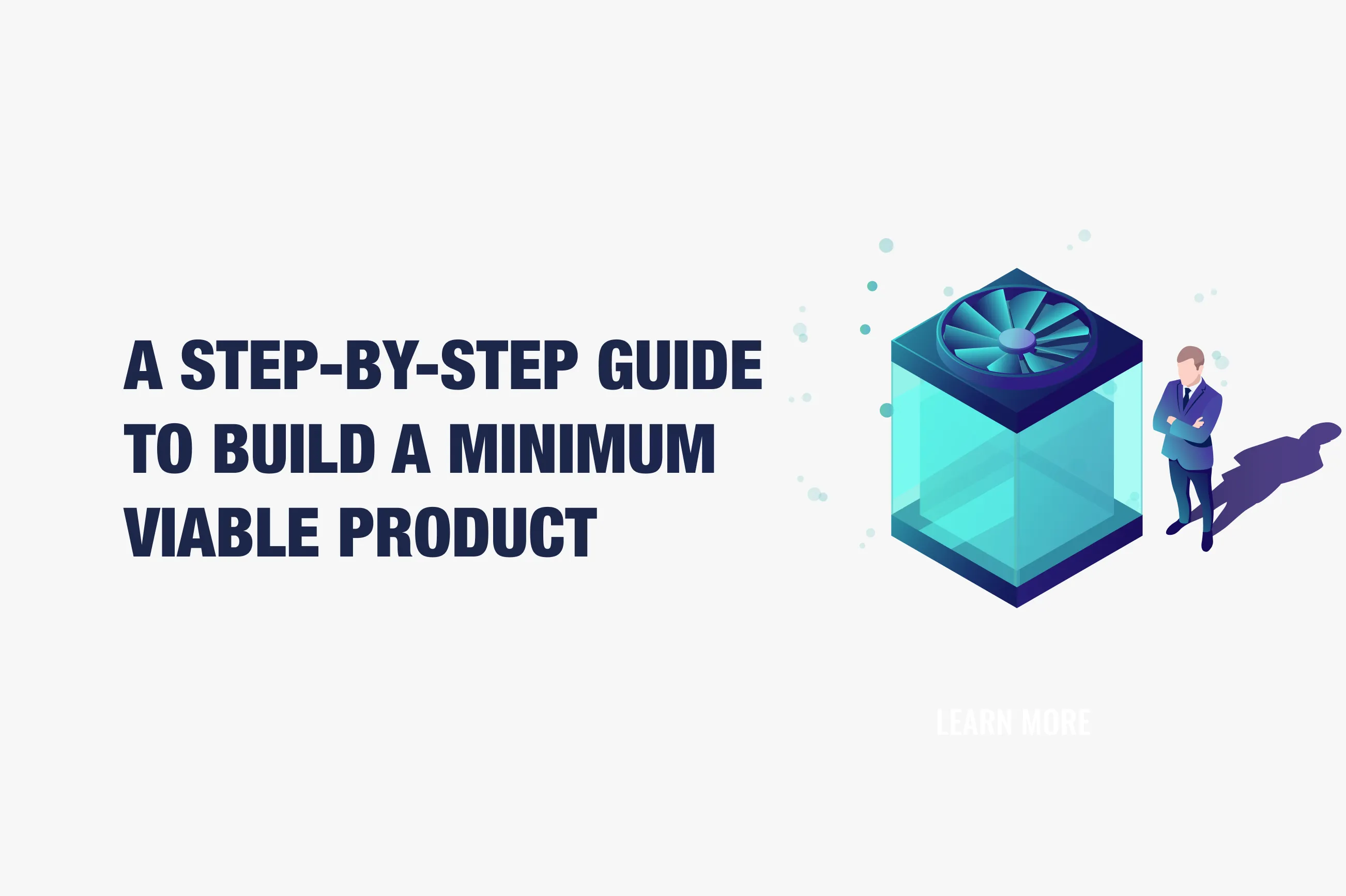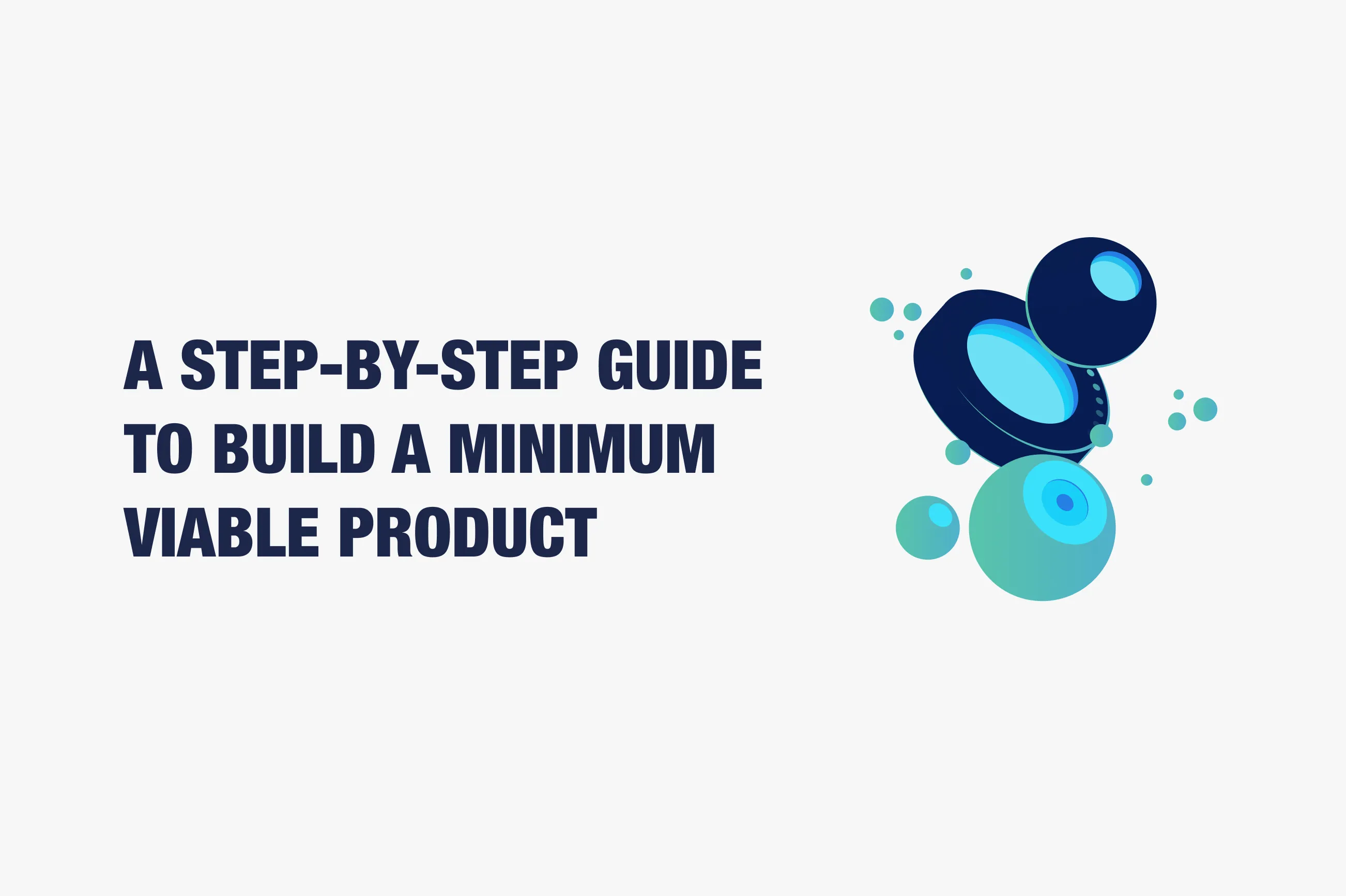When it comes to building a Minimum Viable Product (MVP), many people think that the answer is "we'll know it when we see it." But that's not good enough! You need to be able to clearly identify what your MVP should be and how to build it. That's why Owlab created this step-by-step guide for creating an MVP. It'll walk you through how to determine which features are most important, create wireframes and mockups, test them with customers, and more!
What is a Minimum Viable Product?

You've probably heard the term "Minimum Viable Product." Maybe you've even built one. But what exactly is a Minimum Viable Product and how do you build one?
A minimum viable product is a product with just enough features to satisfy early customers. It's a technique used in lean startup, which emphasizes testing your idea with real people as quickly as possible. By building an MVP first, you can test your idea before investing too much time and money into developing it further. In other words, it allows you to validate whether or not there will be demand for what you're offering. That's why it's called a "minimum" viable product—you're trying to find out if anyone wants it without getting bogged down by unnecessary details or features that may not matter when selling to users later on.
Minimum Viable Product - Build, Measure, Learn
- Build the smallest thing that could possibly work.
- Measure how people use the product. This is called “validating your hypothesis” and you should do it as often as possible.
- Learn what you need to build next
The Lean Startup MVP
Before we get into the nitty-gritty of how to build a minimum viable product, let’s take a step back and look at some key principles of the lean startup methodology. The goal of any good startup is to identify an unmet need in the market and then develop a solution for that problem. But what if you don’t know what people want? How can you possibly figure out if your idea is worth pursuing? You must first test your assumptions before investing too much time or money in something that might not work.
The Lean Startup Methodology is predicated on this concept: startups should spend no more than necessary to validate their ideas as soon as possible, while keeping their risk low by minimizing wasted investment where possible. The Lean Startup Methodology was invented by Eric Ries in 2011; since then, it has been adopted by companies like Google and Facebook (among others) with great success!
How does this apply when building a minimum viable product (MVP)? It means that instead of building full-fledged products before testing them with customers — which often leads to wasting time on features nobody wants — you should focus first on building just enough functionality so that people can try using it without having invested too much effort beforehand (also known as “get out of the building").
The Minimum Viable Product Pyramid
- Define your target customer.
- Build a product that meets their needs and minimizes risk of failure.
- Measure success with metrics that matter to your business (such as retention or engagement).
- Learn through iteration and customer feedback—then repeat until you have something worth scaling up!
- Grow your startup into a competitive business by attracting even more investment.
A Step-by-Step Guide to Build a Minimum Viable Product (MVP)

This is the time to start using the right tools. There are many great resources available online that can help you with this. You should also know that building a prototype and testing it with users are integral parts of the MVP process. So what do you need?
- Sketching out your product idea or wireframe helps you visualize how it will work, which leads to better planning and execution. There are many different types of drawing methods—from pencil sketches to flowcharts and information architecture diagrams—and each has its own advantages and disadvantages based on what kind of project you're working on (e.g., if your product requires lots of images or interactive elements, then wireframing may not be enough).
- Prototyping allows designers and engineers to test their assumptions about how users might interact with their products before committing too much time into building them from scratch (or at least before doing so blindly). This means they can continue iterating until they have something viable enough for testing with real users—the point when an MVP becomes more like an actual product than just an experiment!
- Development of a full-fledged product, taking into account user feedback and implementation of all project ideas. Developing an MVP requires a lot of effort for a person who does not understand the program code. Developing a full-fledged product is a completely unbearable task for a person who does not have much experience working with code. And this is not yet about the development of UX/UI design. If the previous stages could somehow be carried on one's shoulders, then here one cannot do without a software development company.
This is only superficial advice, because we do not want to stretch this article into a two-hour reading with philosophical reflections and scientific terminology. Therefore, to begin with, write down these points, hang them on the wall next to the workplace, and as the startup develops, give an answer to them. You can create an MVP with these steps:
- Start with a problem.
- Define your target customer.
- Define your product, and how it will solve their pain point.
- Identify the minimum viable product that you can build to test that hypothesis and get feedback from users, without spending too much time or money on building something too complex for an MVP.
- Test it out! Then celebrate when things go well and learn from mistakes when they don’t go as planned (this is called iteration).
Conclusion
Go ahead and try these steps to build an MVP for your own startup. We hope that you will find them useful when creating your product and helping it reach its full potential. A lot of startups fail because they did not do enough research before launching their product. That's why it's important to know what makes a successful MVP!
Owlab, as a startup development company, accompanies its clients from the very beginning, developing projects from scratch. So if you need help with your project - contact us!